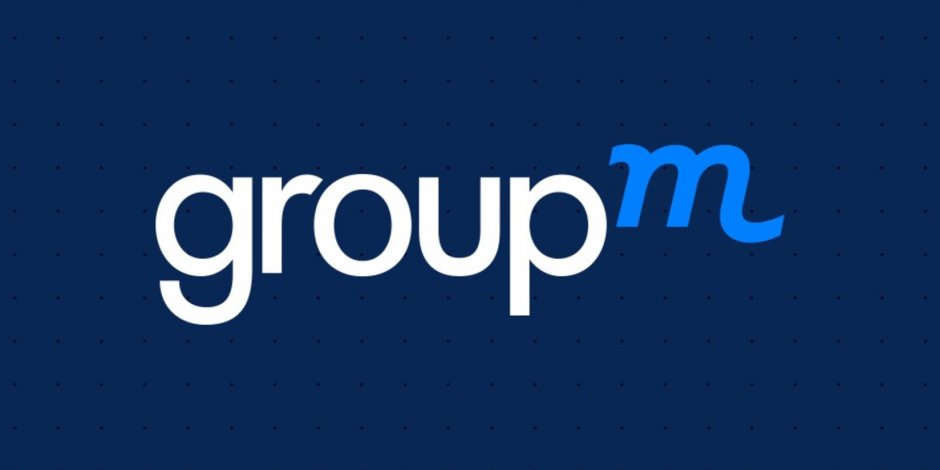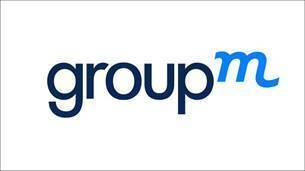GroupM Puts Risk of Ad Fraud at $22.4B Globally

While advertisers and agencies can not by themselves eliminate dangerous and destructive content online, they do have a role to play as they also work to avoid misspending money and inviting regulations that could hurt business, GroupM said in a new report on brand safety.

The giant media buyer estimates that the risk of ad fraud for marketers is $22.4 billion globally, with the average fraud accounting for 10.8% of spending.
In the U.S., ad fraud adds up to $2.496 billion, according to GroupM. The biggest market for fraud is China at $18.675 billion.
Related: GroupM Names Juhl as New Global CEO
“Not only is this a concern about wasting their shareholders’ money, but also about the moral and ethical issues of funding harmful and illegal practices such as digital piracy and crime syndicates,” the report stated.
Some big marketers are taking action against ad fraud. The most recent high-profile incident involves Uber suing five ad networks for squandering tens of millions of dollars on low-quality or fraudulent inventory, GroupM noted.
GroupM defines brand safety as any risk that an advertisers may face in the digital supply chain. In addition to financial risk, advertisers face reputational risk from being adjacent to dodgy traff and legal risks, including compromising consumer privacy.
Broadcasting & Cable Newsletter
The smarter way to stay on top of broadcasting and cable industry. Sign up below
In the report, GroupM pointed to signs of success at restoring brand safety. Since establishing a viewability standard, GroupM has seen a 150% increase in viewability for clients’ campaigns as measured by Moat.
The DoubleVerified Fraud Lab shows that GroupM clients are twice as well protected as the industry at large, with a 2% reported invalid traffic incidence rate compared to a 4% global benchmark, GroupM said.
It added that Facebook and Google, under pressure over content policies, have taken steps to clean up their acts, including opening themselves up to third-part measurement. Still, Social platforms are at once the biggest risk environment and the least open to independent, third-party measurement. GroupM warns.
But at the same time, it warns that there are new areas to focus on when it comes to protecting brand safety. These include connected TV and artificial intelligence systems with built-in biases. Advertisers also need to support credible news media outlets losing revenue in an environment in which consumers are moving to non-ad supported environments, tech platforms that dominate traffic and competition from click generating “fake news.”
Publishers of harmful content rely on the brilliant ignorance of advanced artificial intelligence to find readers who will like and share their vitriolic or illegal content, the media buyer said.
New channels such as connected TV or programmatic out-of-home are likely to have their own adolescent brand safety problems,” the report said. “Developing and independently certifying technologies able to conduct the proper measurement needed to trust these media will be of great importance. In turn, traditional measurement companies operating in the web/app brand safety measurement realm will have to step up their game with regard to deploying more efficient machine learning that will be able to digest and effectively block linguistically nuanced content, begin analyzing visual and audio in video content, and venture further beyond metadata and ad-positioning analysis.”
GroupM’s brand safety report offers some best practices in avoiding placing ads in inappropriate content while buying via programmatic technology.
“When trading media, we prefer to buy programmatic media directly from high-quality and trusted media owners, and to avoid non-transparent ad networks and ad exchanges.” GroupM said. “If it is impossible to buy media directly, we require the use of inclusion lists, exclusion lists and independent technology verifying whether the content of pages and apps is safe.”
GroupM added that working at being brand safe drive greater demand for quality and premium content.
Clients can also be protected through contractual terms that stipulate take-down procedures and the kind of content that is appropriate to be adjacent to brands.
GroupM also uses available third-party verification technology to both inform the GroupM global exclusion list--now at more than 300,000 apps and websites--and to create customized lists of site to be included or excluded in ad buys.
Establishing clear operational processes to monitor and vet media owner inventory helps ensure meeting brand safety standards.
Industry cooperation in developing standards and best practices is important, as is education staff, clients and the public about the risks and how to mitigate them, GroupM said.
Jon has been business editor of Broadcasting+Cable since 2010. He focuses on revenue-generating activities, including advertising and distribution, as well as executive intrigue and merger and acquisition activity. Just about any story is fair game, if a dollar sign can make its way into the article. Before B+C, Jon covered the industry for TVWeek, Cable World, Electronic Media, Advertising Age and The New York Post. A native New Yorker, Jon is hiding in plain sight in the suburbs of Chicago.

